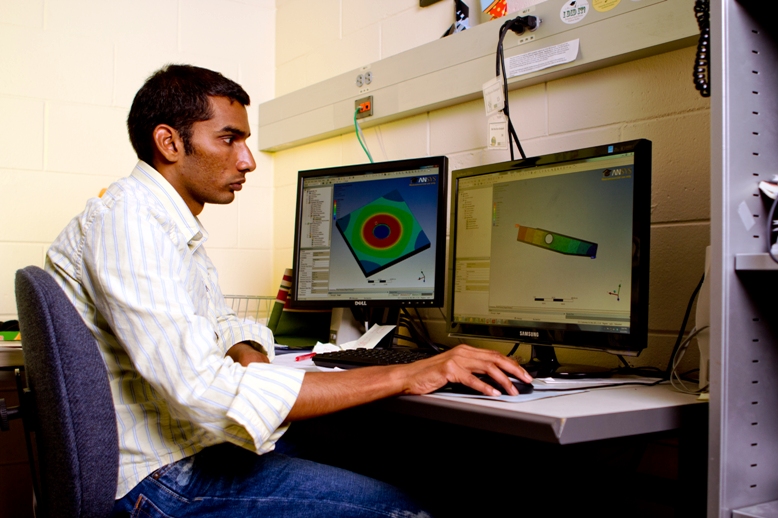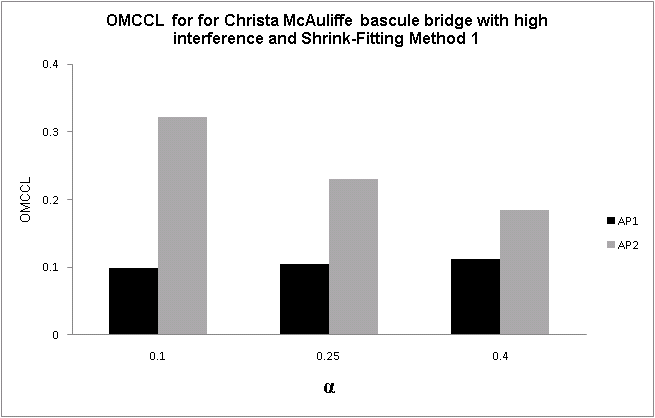Involving shrink fitting, two procedures for assembling steel fulcra of simple-trunnion bascule bridges are quantitatively compared for the likelihood of fracture during assembly. In assembly procedure called AP1, the trunnion is shrink-fitted into a hub, followed by shrink fitting the trunnion-hub assembly into the girder of the bridge. In assembly procedure called AP2, the hub is shrink-fitted into the girder, followed by shrink-fitting the trunnion in the hub-girder assembly.

A formal design of experiments is conducted to find the influence of geometrical parameters such as the radial thickness of the hub, radial interference, and various shrink-fitting methods on the design parameter of critical crack length – a measure of the likelihood of fracture. For single-staged shrink-fitting methods, for high and low hub radial thickness to hub inner diameter ratio, assembly procedure AP1 and AP2 are recommended, respectively. For fulcra with a low hub radial thickness to hub inner diameter ratio and where staged shrink-fitting methods are used, for AP2, cooling the trunnion in dry-ice/alcohol and heating the girder, and for AP1, cooling the trunnion-hub assembly in dry-ice/alcohol followed by immersion in liquid nitrogen is recommended. For fulcra with a high hub radial thickness to hub inner diameter ratio and where staged shrink-fitting methods are used, cooling the components in dry-ice/alcohol and heating the girder is recommended for both AP1 and AP2.

Related Papers
S. Garapati, L. Snyder, A. Kaw, “Comparing Two Procedures for Assembling Steel Fulcra in Simple-Trunnion Bascule Bridges”, Bridge Structures, pp. 19-30, Vol 7(1), 2011.
S. Garapati, A.Kaw, “Analysis of Heating and Cooling Methods for Assembly of Steel Fulcra in Bascule Bridges”, Bridge Structures, pp. 121-133, Vol 8(3-4), 2012.
